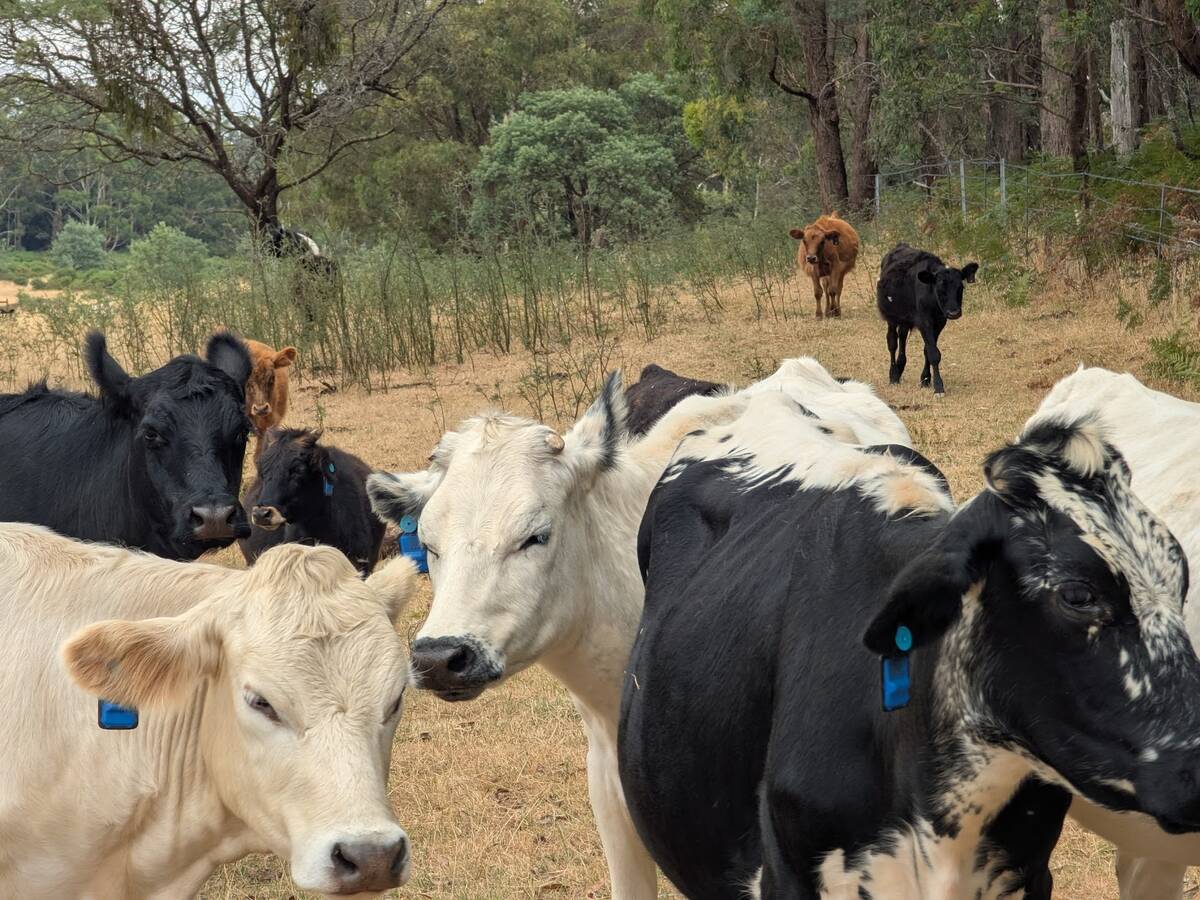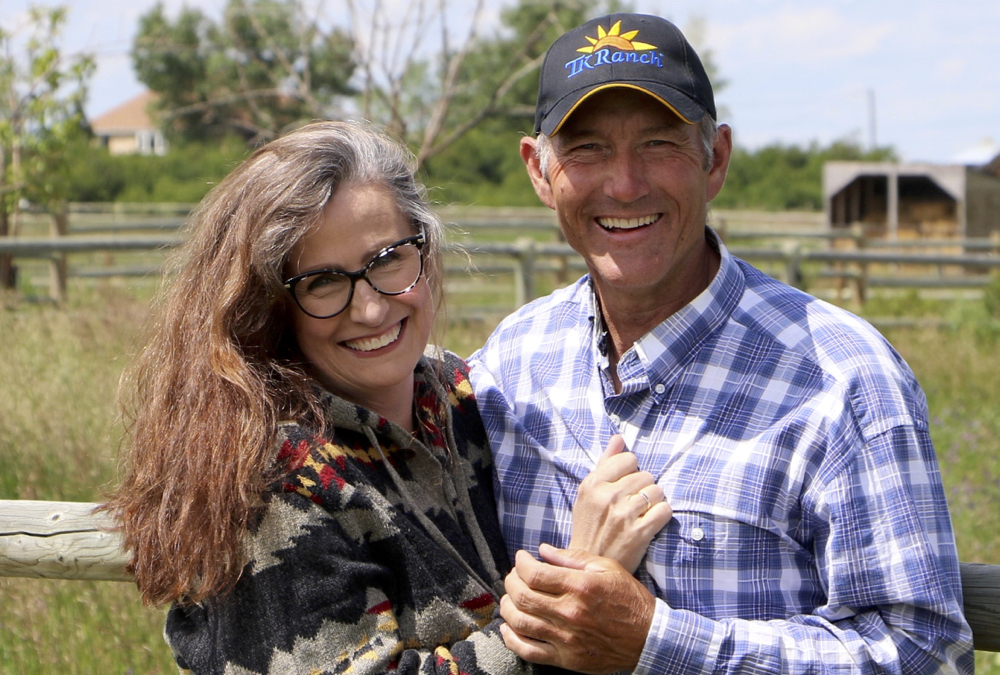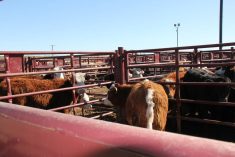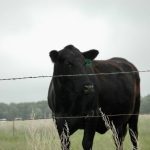It is a changed world. The time spent in pandemic lockdowns has completely altered consumer behaviour. Perhaps it has sped up trends that were already in place, such as concerns about how food was grown or raised, convenience and ease of online purchasing.
According to a recent article in the Harvard Business Review on Marketing by Janet Balis, several truths have emerged. Marketing begins with knowing your customer segment — it needs to be tailored to an individual’s situation and values, not just age and gender category. The article goes on to mention five cohorts of customers based on affordability-first (32 per cent); health-first (25 per cent); planet-first (16 per cent); society-first (15 per cent) and experience-first (12 per cent).
Another source is the February 21 blog for Frontmatec, a company that develops automation for the food industry. The blog, titled 6 Trends That Will Drive the Global Meat Industry and written by Stuart McBride, states the number one trend is that consumers are looking for nutrition-packed foods, linked with production methods and environmental impact. The remaining five trends are technology-based, covering areas such as production, marketing and artificial intelligence. Innovation is also mentioned, with the example of edible packaging.
Read Also

Australian company brings ear-tag tech to Canadian pastures
With Smart Paddock, beef farmers and ranchers can track their cattle through GPS technology
On the ground
But what does this mean to those in the industry who have embraced the direct-marketing strategy?
First and foremost is not only having an online presence but also an efficient and streamlined ordering system. Two Alberta businesses, TK Ranch and Craft Beef, were both well positioned before the pandemic. Manager/operators of both companies say that it is important to not only have a digital ordering platform but also home delivery.
[RELATED] 2020 was ground zero for online cattle marketing, say producers
Trish Tetz of Craft Beef says that it was incredibly helpful that they had just started an online store. One of the pieces she noticed was the rise in older customers. It may have taken a bit for them to navigate online shopping, but that segment makes up a significant portion of their market. She says that COVID-19 has lasted long enough for people to get used to another way of shopping. Once they’ve set up their accounts, it becomes easier and easier to order.

A recent Forbes article shared key insights from the 2022 Shopper Experience Study. The article supports Tetz’s assessment, stating that digital shopping is continuing and social commerce is simplifying the journey. A hybrid model is also an option and is becoming the new normal. Consumers may be going into a brick-and-mortar store but many of them have researched online first. Shoppers themselves have become the new salespeople through online reviews and ratings.
Another component that Tetz sees as extremely important is a social media presence. She likens it to the gas pedal of sales. If you let up on the gas pedal, you will see the effect in as soon as two weeks. Keeping up with all the different platforms, including Facebook, Instagram, and Tik Tok, is no easy feat, but necessary.
“Out of sight is out of mind,” says Tetz. “People need to see you six to eight times to get comfortable to shop in our store.”
[RELATED] Connecting farms, facts and feelings through storytelling
Email campaigns have been a key component of the marketing strategy for Craft Beef. Developing and building an email list is not a simple process and requires out-of-the-box thinking. One strategy Craft Beef has used is giveaways. Tetz adds, “It is important to find the right tools, so you don’t have to do it all yourself.”
The technological side was also important to TK Ranch. Owner/operator of their processing facility near Calgary, Colleen Biggs says it became a priority to develop a new website. Outsourcing the project to gain technical knowledge was their approach, and that was not without challenges. A website not only about nice pictures and sharing the story. It also must have an e-commerce purchasing component.
For Biggs, it is important to be honest and transparent in their marketing approaches.
“Consumers are leery but wanting to trust people, and are hungry for information,” says Biggs. She also notices that many of their customers are two to three generations removed from the farm, so they need to consider that when sharing information.
“The closest many of these people get to food production is the grocery store,” she adds.
Challenges and barriers
Both entrepreneurs shared the challenge of working within the regulatory system and interprovincial trade barriers. To ship their product out of the province of Alberta, they have to be federally inspected in all areas, and must have a comprehensive traceability system.
Another significant barrier for Biggs is finding and keeping good employees. “There seems to be a shift since COVID-19 on the desire for employment,” she says. When going through the hiring process she will often see 75 per cent of those who make it through the initial screening process suddenly stop responding. She is not sure if this is due to requirements for employment assistance or some other factor.
Supply chain issues insert: of cost and accessibility of supplies that have been plaguing industry and consumers also affect direct marketers.
[RELATED] Alberta Farmer Express: Sustainability means a lot of things on this Alberta farm
Tetz cites three of their major challenges: the method of online selling, consistency needed to stay relevant and shipping. Sending frozen product a few hours away within Alberta when it is 38 C is not always simple. Meeting customers’ expectations can be challenging. That expands into having no control over how the product is prepared. Craft Beef will often include recipe cards or preparation instructions.
In the coming years, Tetz sees a need to enhance their inventory system to meet traceability standards. She sees a great deal of potential in the B.C. market, but currently expanding west is prohibitive, due to interprovincial regulations. She hopes to see a western Canadian trade agreement to facilitate easier product flow. She’d like to see an agreement that applies not only to meat, but also to all food and beverage products.
Biggs feels like her crystal ball may be broken and is unsure of what the next few years may bring. She has observed a shift from the plant-based trend back to meat. She thinks production practices and environmental impact may be influencing this. Food security is also a question being brought to the table. TK Ranch also stresses the importance of animal welfare and has included that certification in its process.
Direct marketing is not for the faint of heart, as both these business owners and operators demonstrate. They are extremely hard-working and committed and have an ability to wear more than one hat to navigate myriad challenges. Both have included a diverse product offering to try to meet consumer demands. Paramount to the two of them is supporting primary livestock producers as they build businesses that will be part of the future of this industry.
For more on Trish Tetz and Craft Beef, see the May 2021 issue of Canadian Cattlemen. Colleen Biggs and TK Ranch were featured in the September 2019 issue of the magazine.
















